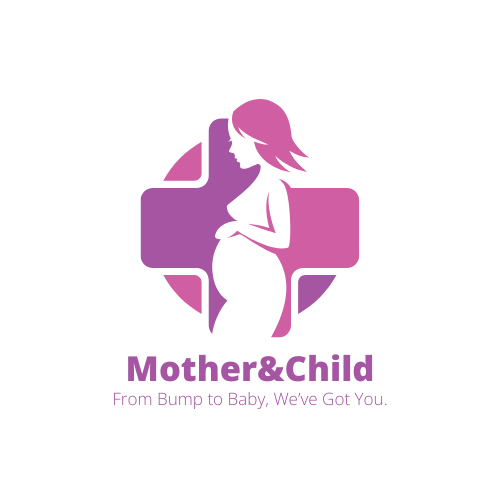🎯 Learning Focus:
To understand how immature liver function is the most common cause of jaundice in newborns—and why this is usually normal, but must still be monitored closely.
🧬 What Does the Liver Do in a Newborn?
The liver plays a critical role in removing bilirubin from the blood.
Bilirubin is produced when old red blood cells are broken down—something that happens rapidly in newborns.
🔄 In adults and older children:
-
The liver processes bilirubin and changes it into a form that can be excreted in urine or stool.
👶🏽 In newborns:
-
The liver is still developing, especially in the first week of life.
-
This immature liver can’t break down bilirubin quickly enough, so bilirubin builds up in the body—leading to jaundice.
🟡 Physiological Jaundice from Immature Liver Function
This is the most common type of jaundice seen in healthy newborns:
-
Appears on Day 2 or 3 of life
-
Peaks around Day 4 to 5
-
Clears by Day 7–10 in full-term babies
-
Can last up to 14 days in preterm infants
✅ Usually harmless if the baby is feeding well, gaining weight, and has no red flags.
⚠️ Why African Babies May Need Closer Monitoring
Although physiological jaundice is normal, some factors increase risk in African settings:
| Risk Factor | Explanation |
|---|---|
| Home birth | No bilirubin screening done after birth |
| No weighing or follow-up checks | Harder to monitor jaundice progression |
| G6PD deficiency (common in Africa) | Adds extra bilirubin to what the immature liver is already struggling to process |
| Lack of breastfeeding education | Delayed milk letdown means less bilirubin is flushed out |
📢 Key Message:
“A baby’s liver is like a new worker—learning on the job. It needs time, but we must be there to watch if it’s falling behind.”
🧪 Scientific Explanation (Simplified):
Bilirubin comes in two forms:
-
Unconjugated (indirect) – toxic if it builds up
-
Conjugated (direct) – safe, gets removed in poop
🧠 In immature livers, the conversion from unconjugated to conjugated is slow, so unconjugated bilirubin accumulates in the blood and causes jaundice.
🧬 Evidence from Research
-
Newborn Jaundice: Physiology vs. Danger (Cleveland Clinic)
https://my.clevelandclinic.org/health/diseases/17901-newborn-jaundice -
Physiological Jaundice and Liver Maturity – NIH Review
https://www.ncbi.nlm.nih.gov/pmc/articles/PMC5882160/ -
Impact of Liver Maturity on Jaundice Progression – Medscape Article
https://emedicine.medscape.com/article/973786-overview
🍼 Common Community Beliefs vs. Medical Truths
| Belief | Reality |
|---|---|
| “The yellow comes from the mother’s womb” | No—it comes from immature liver handling bilirubin |
| “It means the baby is strong” | Mild jaundice can be normal, but must be watched |
| “Sunlight is enough” | Limited early sun is helpful, but not a cure for high bilirubin levels |
📊 Quick Signs That It’s Just Immature Liver (Not Dangerous Yet)
-
Baby feeds well
-
No fever or infection
-
Jaundice starts after 24 hours
-
Baby is active and alert
-
Jaundice not spreading rapidly beyond chest
✅ In these cases, caregivers should:
-
Continue exclusive breastfeeding
-
Ensure frequent feeding (every 2–3 hours)
-
Monitor eyes and skin daily
📲 Tools for Monitoring (Home & CHW Use)
-
OneWomb Printable Monitoring Card – Track jaundice on a color scale (coming soon)
-
Smartphone Bilirubin Screening (Bilicam-type apps) – In pilot testing in Kenya & Ghana
-
CHW Visual Jaundice Assessment Tools (Kaiser Permanente)
🧩 Mini Quiz – Immature Liver Function
Q1. What organ is still maturing in the first week of a baby’s life, causing jaundice?
A. Kidney
B. Lungs
C. Liver
D. Stomach
✅ Answer: C
Rationale: The liver processes bilirubin, and when it’s immature, bilirubin builds up in the blood.
Q2. When does jaundice from immature liver function typically appear?
A. At birth
B. Before birth
C. Day 2–3
D. After 3 months
✅ Answer: C
Rationale: Physiological jaundice usually begins on Day 2–3 and peaks at Day 4–5.
Q3. What is the best way to help the baby’s liver clear bilirubin?
A. Delay feeding
B. Give herbs
C. Frequent breastfeeding
D. Rub with charcoal
✅ Answer: C
Rationale: Feeding helps the baby excrete bilirubin through the stool, aiding liver function.
🧭 Reflection Prompt:
“Have you seen a baby with yellow eyes or skin before? What advice was given in your community? Compare it with what you now know and share your findings with your local CHW group.”


